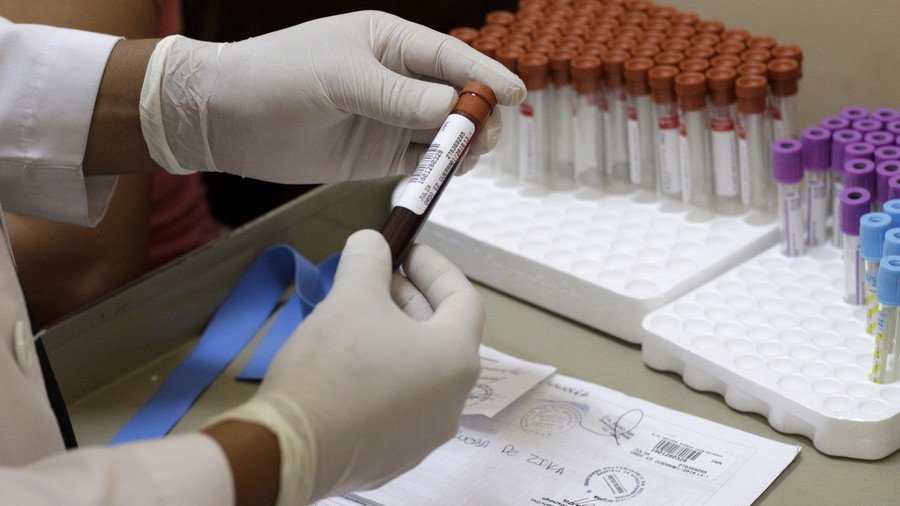Diabetes is really five different diseases, not just Types 1 & 2 – study

New research suggests that diabetes may actually be five different diseases rather than two separate types as previously thought. The new findings could change how people are treated for the disorder.
A study, published in the journal The Lancet Diabetes and Endocrinology, has revealed five new subgroups of diabetes, each genetically distinct from one another. According to the research, these differences play a role in the stage of life the disease might develop at, as well as the severity of complications, such as kidney disease, among those who have it.
READ MORE: 124mn obese kids worldwide, tenfold increase in 40yrs – WHO
At present, there are just two classifications. Type 1, an autoimmune condition where insulin is not produced and usually develops in childhood, and Type 2, a condition that develops in later life and is usually linked to obesity. Scientists at Lund University Diabetes Centre in Sweden and the Institute for Molecular Medicine Finland found these two types to be too simplistic.
After analyzing the data of nearly 15,000 diabetics using information taken from four registries in Sweden and Finland, the team found that Type 2 is actually made up of four categories, including two of the most severe types of the disease. Prof Leif Groop, one of the researchers who led the study, told the BBC that the findings will usher in a whole new era of personalized medicine.
'Unprecedented rise': Scarlet fever cases at unexplained 50-year high https://t.co/xEy9eonakapic.twitter.com/JUmYbCQEgW
— RT UK (@RTUKnews) November 30, 2017
"This is extremely important, we're taking a real step towards precision medicine. In the ideal scenario, this is applied at diagnosis and we target treatment better," he said.
One category, ‘severe insulin-deficient diabetes’, is seen as similar to Type 1 but does not have antibodies indicating an autoimmune disease. The study found that people with this type most commonly developed eye disease.
Another severe category, called ‘severe insulin-resistant diabetes’, is linked to obesity. People with this type do not respond to insulin and have a high likelihood of developing liver and diabetic kidney disease. They were also among the lowest proportion of patients taking the drug metformin, usually prescribed to treat Type 2 diabetes, but the study says they would get the most benefit from it. The two other categories are seen as quite mild versions of the disease.
READ MORE: ‘Brain-like microchip the size of fingernail’ could replace supercomputers – MIT study
Critics of the research point out that the study was only of Scandinavians and does not take into account increased risk among populations in South Asia, where they are twice as likely to develop diabetes compared with people from white European backgrounds. South Asian people are also more likely to develop the disease at a younger age.
Like this story? Share it with a friend!














